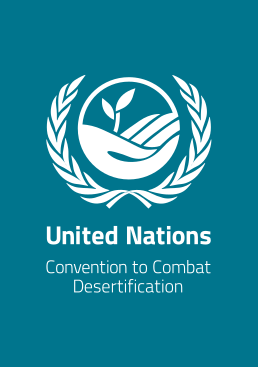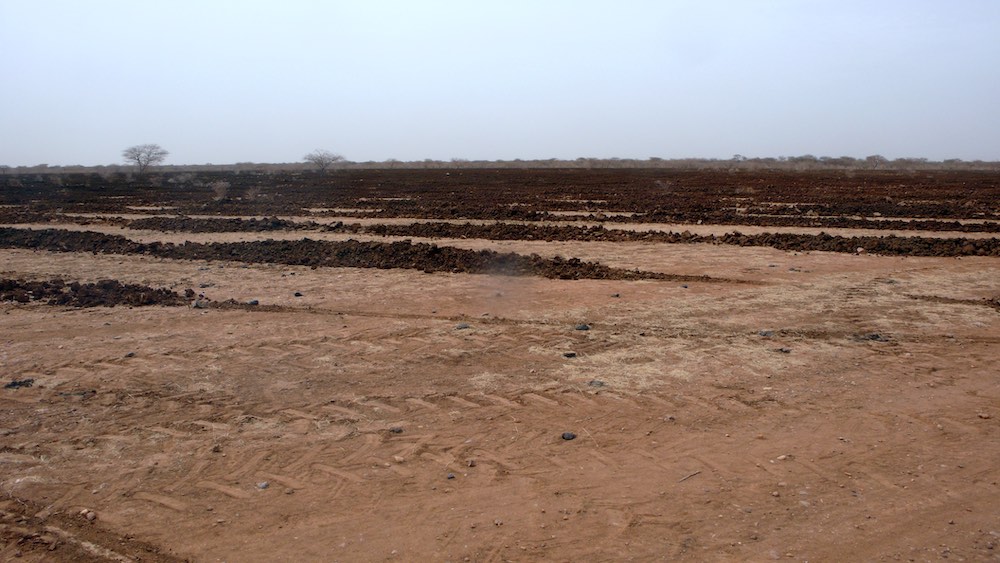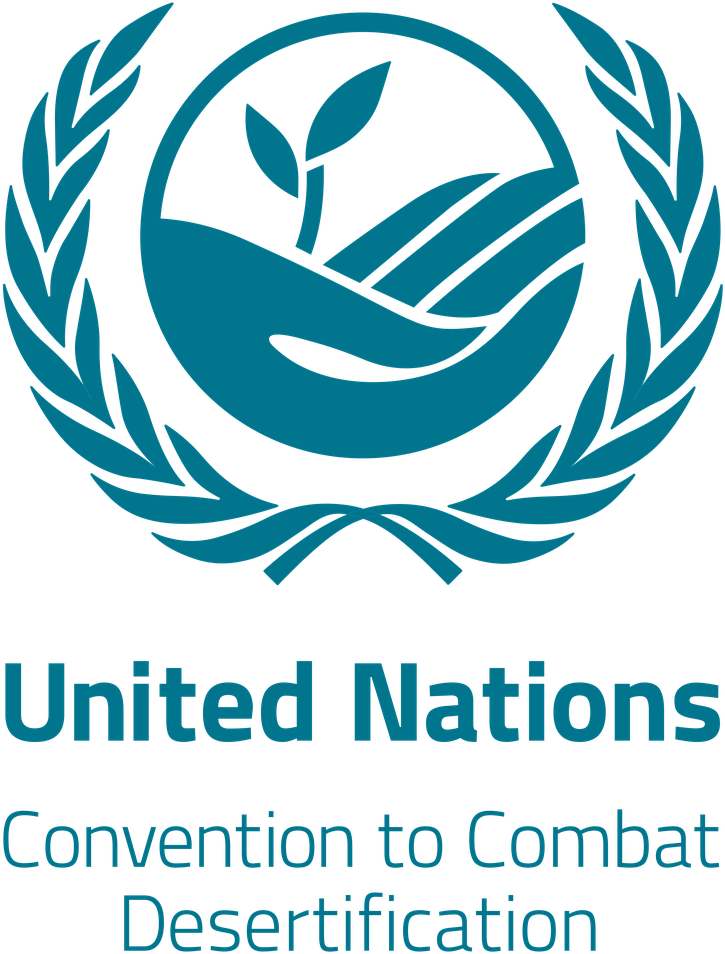what we do


Situation
Land degradation in Africa, caused by natural and human-induced factors, leads to food insecurity, loss of biodiversity, and increased vulnerability to climate change. Developing effective strategies to mitigate the impacts of land degradation is critical for promoting long-term environmental sustainability and improving the livelihoods of millions of people in Africa.
Deserts
The Sahara in the north and the Kalahari in the south of Africa are deserts, characterized by arid landscapes with scarce rainfall. As a result, the harsh living conditions make it inhospitable for both plant and animal life.

Semi-arid zones
Millions of Africans reside in transition zones, commonly known as the Sahel in the north, which lie between the desert and green savannah regions. These areas are characterized by a semi-arid and harsh environment with scarce vegetation, making them highly susceptible to degradation.
The impact of climate change has led to an escalation in severe drought occurrences, further exacerbating the vulnerability of the semi-arid regions and their inhabitants.
Desertification
Desertification occurs when prolonged droughts impact semi-arid regions, leading to adverse effects on human beings, animals, and plants. The combination of droughts and heat causes the soil to become hardened and vulnerable. Consequently, the soil loses its ability to absorb rainwater, initiating a cycle of declining plant and animal populations as well as reduced biodiversity. Ultimately, the area transforms into a desolate desert.

The population
The population residing in Africa’s semi-arid areas faces daily struggles to provide for their families. Consequently, supporting these communities is an essential requirement for the success of any afforestation project.
We actively
engage them in forest planting and management, ensuring that the benefits
derived from the new forests lead to sustainable improvements in their
livelihoods.

